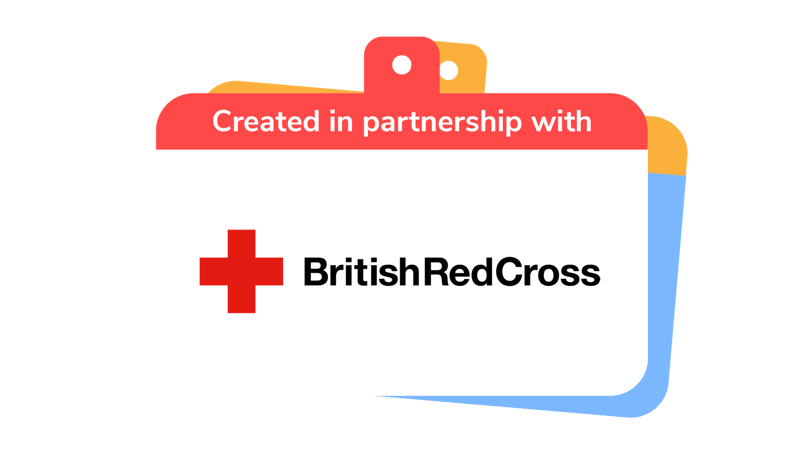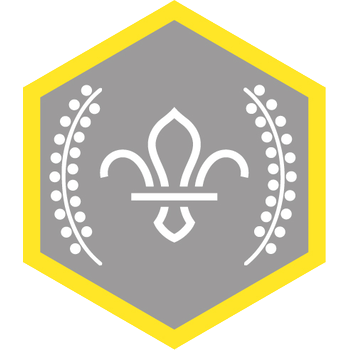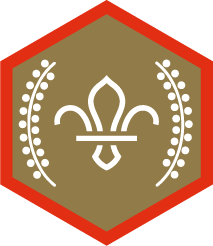
Who helps who?
You’ll need
- Access to a computer
- A4 paper
- Pens or pencils
- Sticky tack
- A copy of the kind acts sheet
- Marker pen
- Local maps
- Some pictures of local landmarks (eg clinics, churches, schools, charity shops, halls, parks)
Before you begin
- The person leading the activity should use paper, a marker pen and sticky tack to make signs to hang around the playing area. These should have ‘True’, ‘False’ or ‘Unsure’ written on them.
- Check that the link redcross.org.uk/get-involved/scouts works on your computer. Check that the video animation on the website works. If it doesn’t, never mind – there is still loads of useful information at www.redcross.org.uk/get-help.
Run the activity
- The person leading the activity should explain to the group that they’ll be learning about charities and the services they provide. Show them the signs around the playing area. Tell them that you’ll be reading out some kind acts and that the group should decide whether each statement is true, false or if they are unsure.
- Read out the kind acts the Red Cross might provide one by one, asking young people to stand by the ‘True’, ‘False’ or ‘Unsure’ as to whether they think it is a service they provide. You might like to discuss whether the service is provided in their community, around the world or other charities that provide that service. Read all the kind acts (‘a’ to ‘k’) leaving some time for everyone to make their decision. When everyone has chosen, read out the correct answer. Don’t worry too much about keeping track of who gets the most – all that matters is that everyone finds out something new.
- When all of the kind acts have been read out, everyone should get into small groups. The person leading the activity should give out paper, sticky tack, maps and pictures of local places. Each group should look on their map for someone who performs kind acts in the community. This could be any place where someone helps people who are unwell or collects money for the poor.
- Everyone should stick their pictures to their paper to create a map of local ‘kind’ places. Use the local map to check where each place is. The person leading the activity should give out pens or pencils for each group to write beside each picture. Each group should come up with three kind acts for each place.
- Everyone should share their maps. Elect one person from each group to read out the kind acts they thought of. Everyone should then think of ways that they could help these places in the community, or things they could do to make life easier for people who work for them.

This activity helps contribute towards some of the UN's Sustainable Development Goals. Find out more about the SDGs, and how Scouts across the world are getting involved.


Reflection
The group has learned about some of the kind acts charities are responsible for and which charities do what things. How might knowing which charity does what help you in the future? Some charities, like The Red Cross, help millions of people in all sorts of situations, but some help specific groups of people who might be neglected. Why might a smaller, more targeted local charity need your help just as much as a national charity?
Everyone then made maps to show where kind acts were happening in the community. Did the pictures of the places help you find them on the map? Have you visited many of the places yourself? Now that you know where they are, will you pay a visit to see the good work that place is doing? Working with a local charity is a great way to give back to your community.
Safety
All activities must be safely managed. You must complete a thorough risk assessment and take appropriate steps to reduce risk. Use the safety checklist to help you plan and risk assess your activity. Always get approval for the activity, and have suitable supervision and an InTouch process.
For the maps, help anyone who isn’t sure where to place their picture. Local maps from online or Ordnance Survey maps might be unfamiliar. Anyone who wants more of a challenge could fill in the map around the pictures, using the local map for reference, if there’s time.
Cue cards might be useful to help anyone who gets distracted easily
Anyone who might have trouble moving towards a sign can point to the answer they’ve chosen.
All Scout activities should be inclusive and accessible.
Everyone should visit one of the places in the community that they’ve mapped and find out more about the kind acts they listed. They should find out what else the place does to help the community.
Create a ‘photo trail’ of kind places that young people find as they walk around a trail in groups. Look at
kindness in communities overseas or in a disaster area and how organisations provide support, eg providing clean water, supporting refugees or mapping areas in disaster zones through Missing Maps
Discover more at https://www.redcross.org.uk/
Let everyone come up with their own kind acts for each local place on the map.


